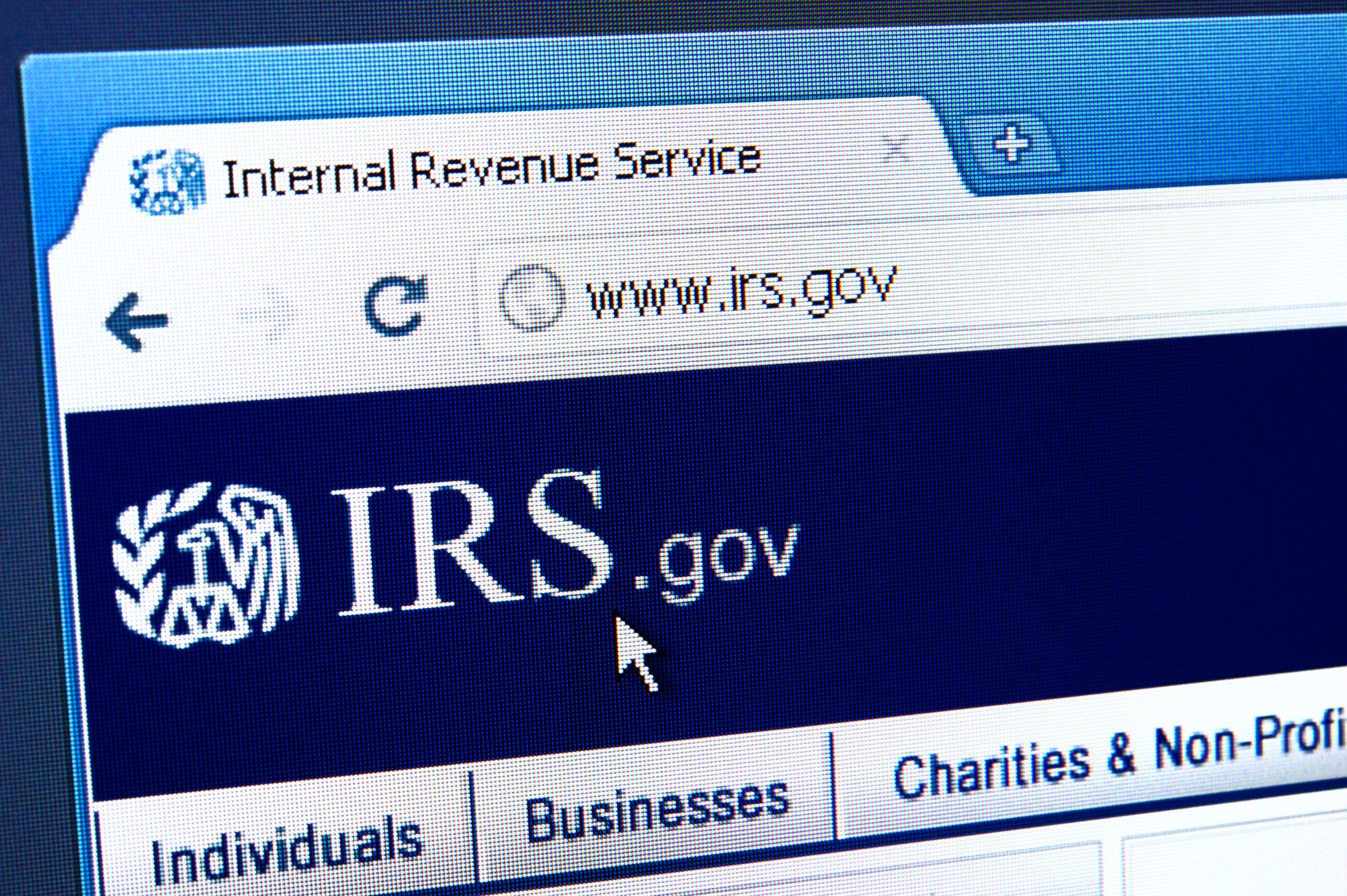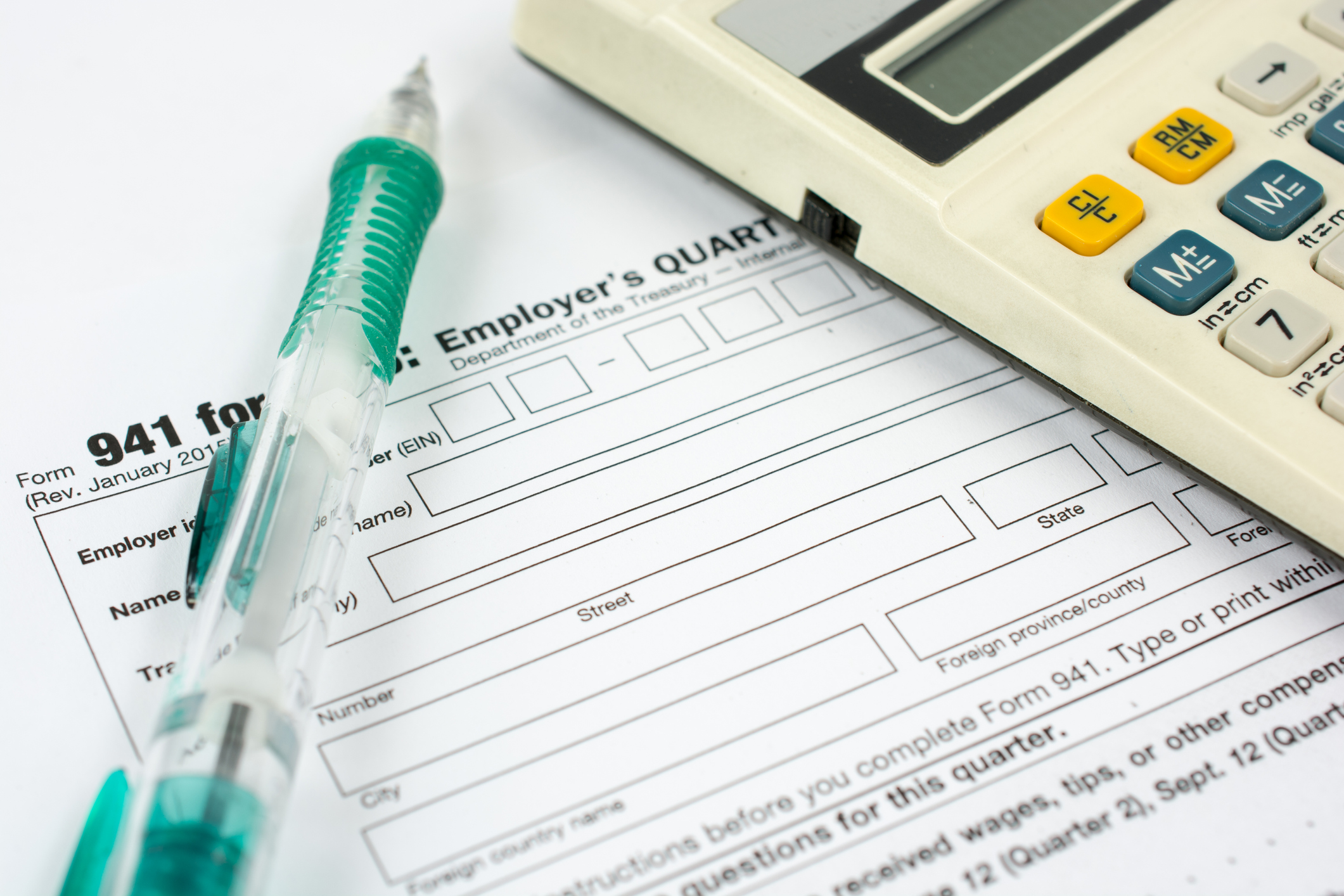Money for nothing? That sounds like some type of scam, and often, it is. Telemarketers, hackers and other individuals often contact unsuspecting targets offering some type of reward – simply for sharing some personal information.
Although there are numerous scams of which to be aware, especially those that request personal data, not every offer of monetary assistance is fake. That’s the case with the Employee Retention Credit (ERC), a refundable tax credit written into law by the United States government through the Coronavirus Aid, Relief and Economic Security (CARES) Act. It was created to encourage eligible employers to retain employees and keep them on the payroll during the COVID-19 pandemic.
All About the Employee Retention Credit
If you’re a business owner, you’ve probably heard of the Employee Retention Credit. But what is it all about? It’s a refundable payroll tax credit filed partially against employment taxes.
The goal? To help businesses recover from the economic fallout that occurred as a result of the COVID-19 pandemic. For many companies, the refundable portion of the credit ends up in excess of the payroll taxes paid by the employers. That means employers are receiving a payroll tax refund in excess of their original payroll tax liability.
Who are Eligible Employers?
There are two main eligibility requirements for the Employee Retention Credit. Employers generally qualify if they have experienced at least one of the following:
- Full or partial shutdown due to government-mandated lockdown orders during COVID-19. This includes suspensions or limitations of business, stopping business operations altogether, forced reductions of business hours of operation, reduction in occupancy or the number of customers allowed in the business, closing earlier for sanitation and cleaning and decreased ability in providing consistent service to customers.
- Significant decline in gross revenue. These objective tests identify those businesses that were unable to pivot their operations and suffered a decline in sales during 2020 and 2021.
What’s the Difference Between the ERC and PPP?
The Paycheck Protection Program (PPP) offered eligible companies forgivable loans backed by the Small Business Administration (SBA). Beginning in March 2020, PPP loans were designed to quickly aid businesses by keeping their workforce employed during the COVID-19 pandemic.
As part of the program, small business owners could apply for up to two rounds of loans through an SBA-backed bank or lender. If approved, businesses receive PPP funds deposited directly into their bank account. PPP loans could be used for payroll, although up to 40 percent was allowed to be used on operating costs, including rent, mortgage interest, or utilities.
Although both the Employee Retention Credit and PPP programs were created to help small businesses recover from the economic fallout as a result of the COVID-19 pandemic, the ERC is a refundable tax credit filed against employment taxes from your W-2 employees – it is not a loan.
Another key difference is that ERC is claimed through the Internal Revenue Service (IRS), not the SBA. ERC refunds are distributed as a paper check, not a direct deposit. It is important to have your address current with the IRS in order to receive your refund check.
Proof the Employee Retention Tax Credit is Real
If you’re unsure of the validity of the Employee Retention Credit, look no further than the IRS. The IRS has issued multiple statements, FAQs, and public notices about the Employee Retention Credit, including:
- Employee Retention Credit Launch Announcement
- Employee Retention Credit – 2020 vs 2021 Comparison Chart
- Guidance on the Employee Retention Credit under the CARES Act for the First and Second Calendar Quarters of 2021
- Information on Changes to the ERC by the American Rescue Plan Act of 2021
- IRS Reminder of Penalty Relief for ERC Claims
- ERC and PPP Guidance
- ERC Scam Warning
Common Misconceptions About the Employee Retention Credit
There are numerous myths about the Employee Retention Credit, including the fallacy that you shouldn’t file for it if you have already applied for a PPP loan. Although small businesses initially were barred from claiming both the ERC and PPP, the ERC was later expanded so that eligible companies are now allowed to apply for both economic relief programs.
Another misconception about the Employee Retention Credit is that the program has ended, so you missed the deadline to file for it. Although the last potential period to claim the ERC was the fourth quarter of 2021, eligible employers who want to claim the ERC for the second, third or fourth quarters of 2020 can still submit their amended 941-X by April 15, 2024. Similarly, eligible employers can claim the Employee Retention Credit for a period in 2021 by submitting their amended 941-X by April 15, 2025.
A third misunderstanding when it comes to the Employee Retention Tax Credit is that you don’t qualify if your business did not suffer at least a 50 percent decrease in gross receipts. Congress passed the Taxpayer Certainty and Disaster Tax Relief Act in December 2020 (part of the Consolidated Appropriations Act of 2021), which extended the tax credit through June 30, 2021 (subsequent legislation extended it through September 30, 2021, for eligible employers) and made the decline in gross receipts threshold more generous for taxpayers.
To qualify under the decline in gross receipts test in 2021, a business need only show their gross receipts declined to under 80 percent of the same quarter in 2019. Although the significant decline in gross receipts is a simple and objective test, eligible employers may also qualify if their business operations were fully or partially suspended by governmental COVID-19 orders.
Conclusion
The complexities of the Employee Retention Tax Credit can be confusing for business owners, especially those who were too busy running their businesses during the pandemic to stay up-to-date on new tax laws. Sorting through the myths on ERC can even be difficult for credentialed tax professionals, who are constantly hearing stories of fraudulent ERC claims.
The truth is that the ERC is real and was intended to help small and large employers keep their staff on payroll. Knowing whether or not you qualify, figuring out what can be included as qualifying wages and accurately calculating the ERC for optimal tax savings isn’t easy.
At StenTam, we can help you confidently navigate the ERC filing process to maximize the tax credit for which you are qualified. Our specialists have extensive knowledge of the ERC and are able to assist businesses of all sizes with a compliance-first approach. We will be with you at each step in the process, all the way to tracking your return. Contact us today to schedule a consultation with one of our specialists.
FAQs
How Long Does It Take to Get an Employee Retention Credit Refund?
ERC claims must be filed on paper to the IRS. Because of a backlog of approximately 1 million amended payroll tax returns with the IRS in April 2023, businesses are waiting anywhere from six to nine months to receive their Employee Retention Tax Credit. We find that the IRS typically processes smaller refunds (under $80,000) faster than larger ones. The largest claims worth over $200,000 tend to take the longest.
What’s the Best Way to Check the Status of My Employee Retention Credit?
You can call the Internal Revenue Service helpline at (800) 829-4933 to check on the status of your claim. Be prepared by having your Employer ID Number (EIN), Social Security number and relevant tax return information available, including your Form 941-X.
How Will I Receive My Employee Retention Credit?
Before receiving your refund, you should receive a notice from the IRS, known as a “CP210.” The CP210 Notice provides details on the amount of credit approved and calculates an amount of interest that may be paid in addition to your tax credit. Shortly after issuing the CP210, the IRS will mail you a paper check via USPS to your company’s address of record with the IRS.










